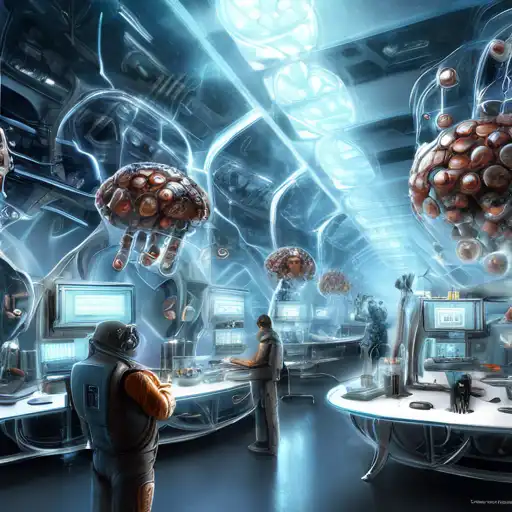Introduction to Nanotechnology
Nanotechnology, the science of the incredibly small, is making waves across various industries by offering solutions that were once thought impossible. This article explores how these tiny technologies are having a massive impact on our world.
The Basics of Nanotechnology
At its core, nanotechnology involves manipulating matter at the atomic or molecular level. This means working with materials that are between 1 and 100 nanometers in size. To put that into perspective, a single sheet of paper is about 100,000 nanometers thick.
Applications of Nanotechnology
Nanotechnology has found applications in numerous fields, including medicine, electronics, and environmental science. Below are some of the most exciting uses:
- Medicine: Targeted drug delivery systems that attack cancer cells without harming healthy tissue.
- Electronics: Smaller, faster, and more energy-efficient chips for computers and smartphones.
- Environmental: Nanofilters that can remove pollutants from water at a molecular level.
The Future of Nanotechnology
The potential of nanotechnology is limitless. Researchers are exploring ways to use nanotech for clean energy solutions, such as more efficient solar panels, and even in space exploration, with materials that can self-repair.
Challenges and Considerations
Despite its promise, nanotechnology faces challenges, including ethical concerns and the need for more research into its long-term effects on health and the environment.
For more insights into the future of technology, check out our article on Future Tech Trends.
Conclusion
Nanotechnology may be small in scale, but its impact is anything but. As we continue to explore its possibilities, we can expect to see even more groundbreaking applications that will change the way we live, work, and interact with the world around us.
